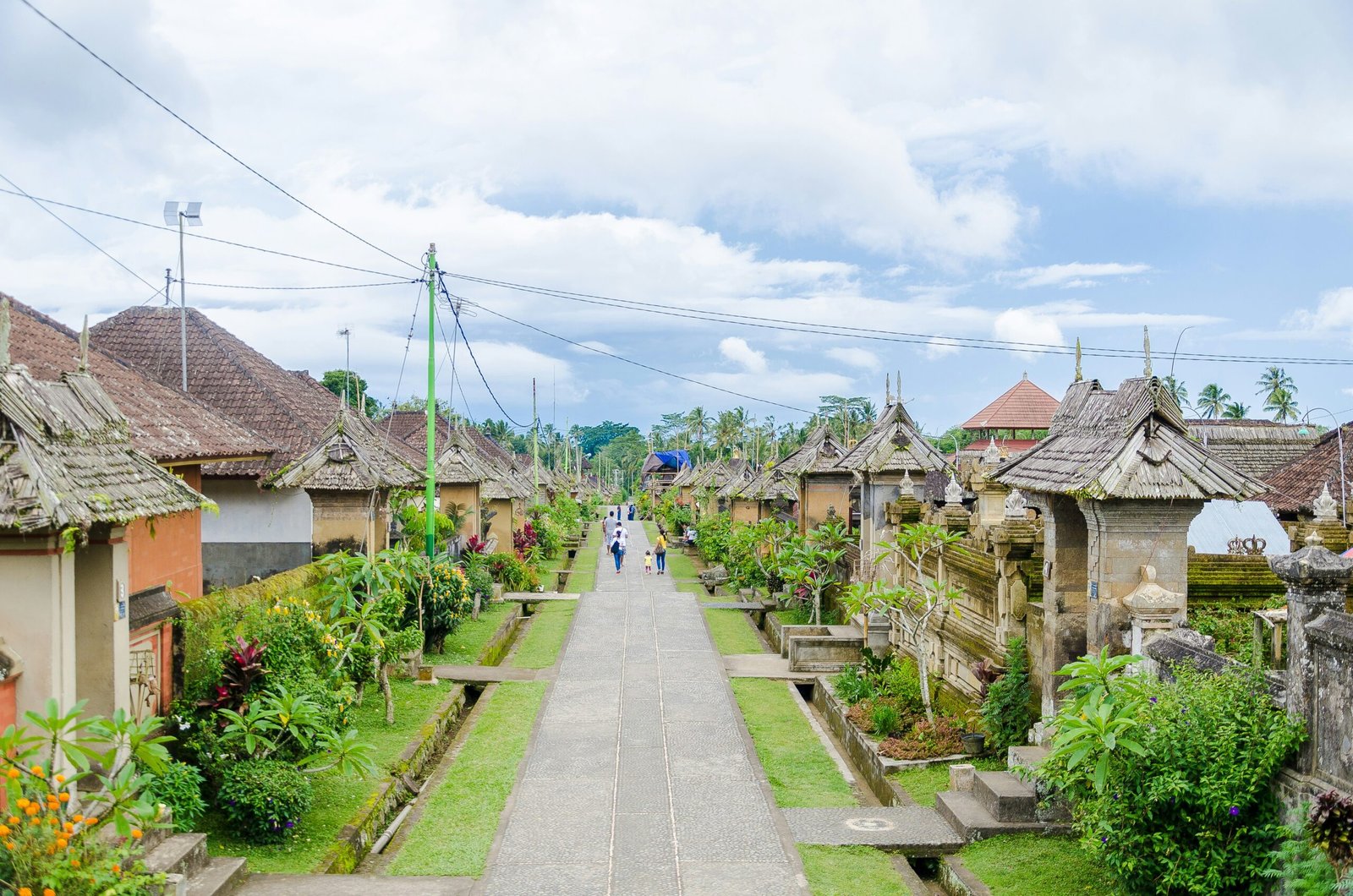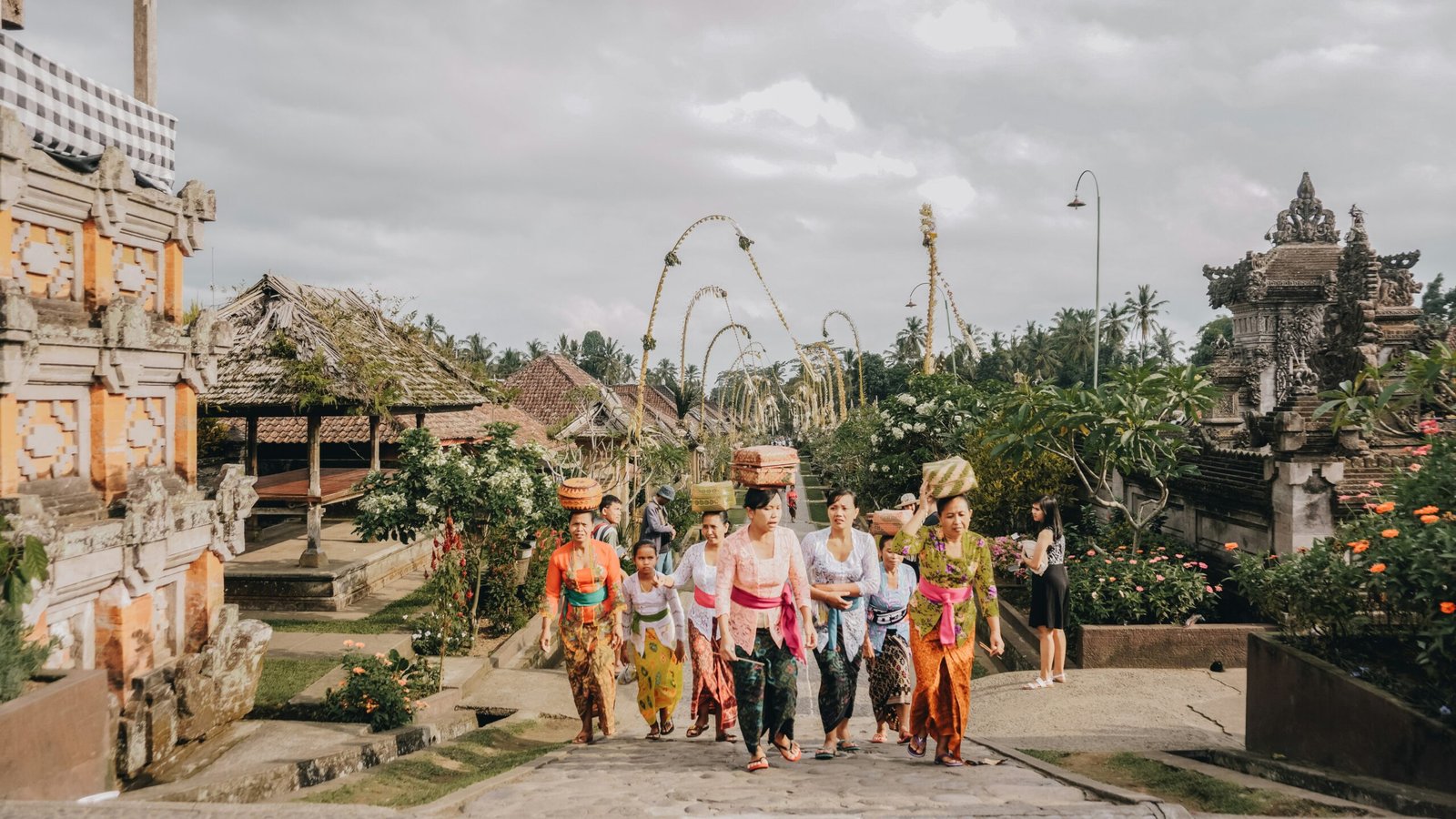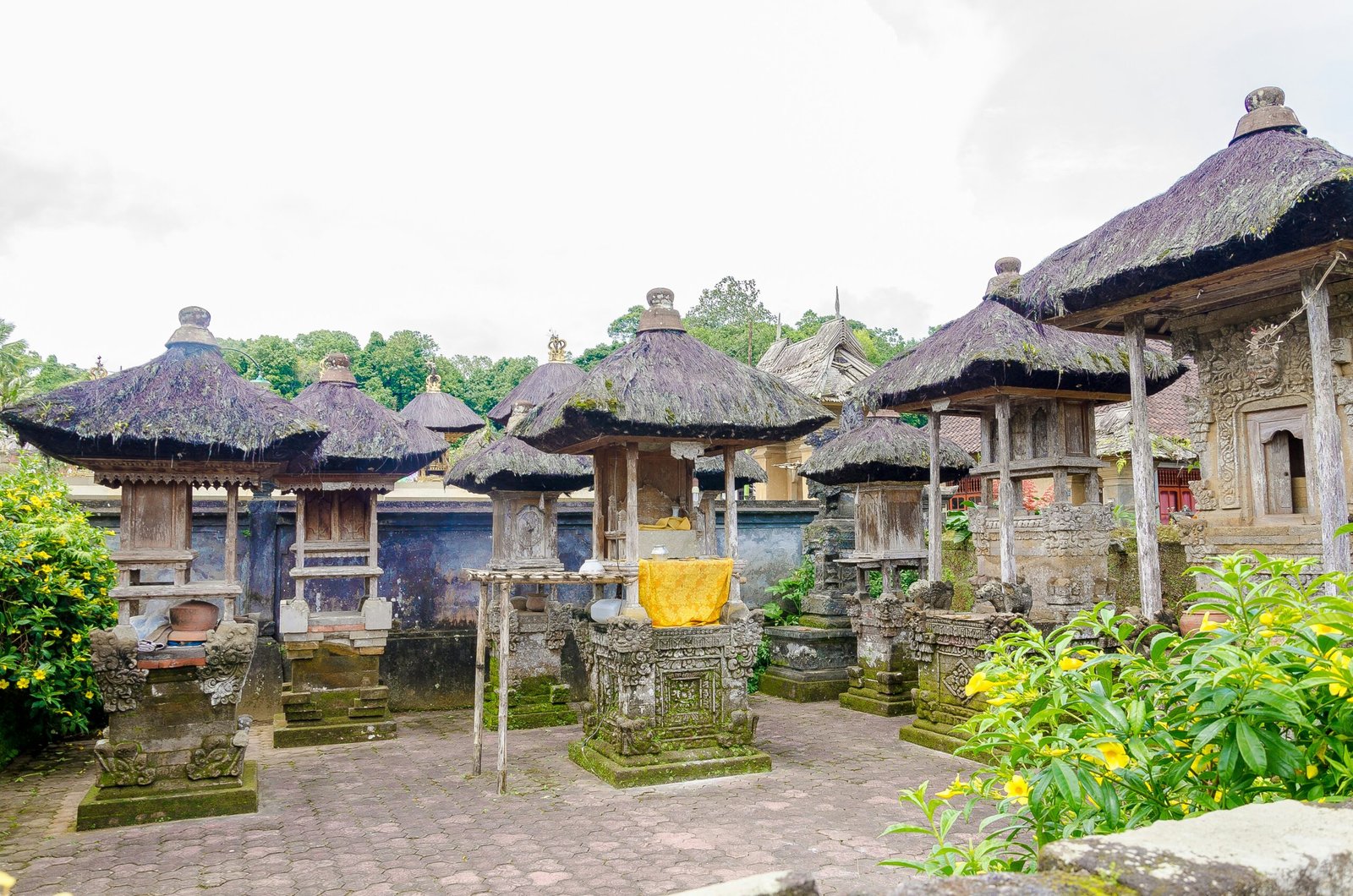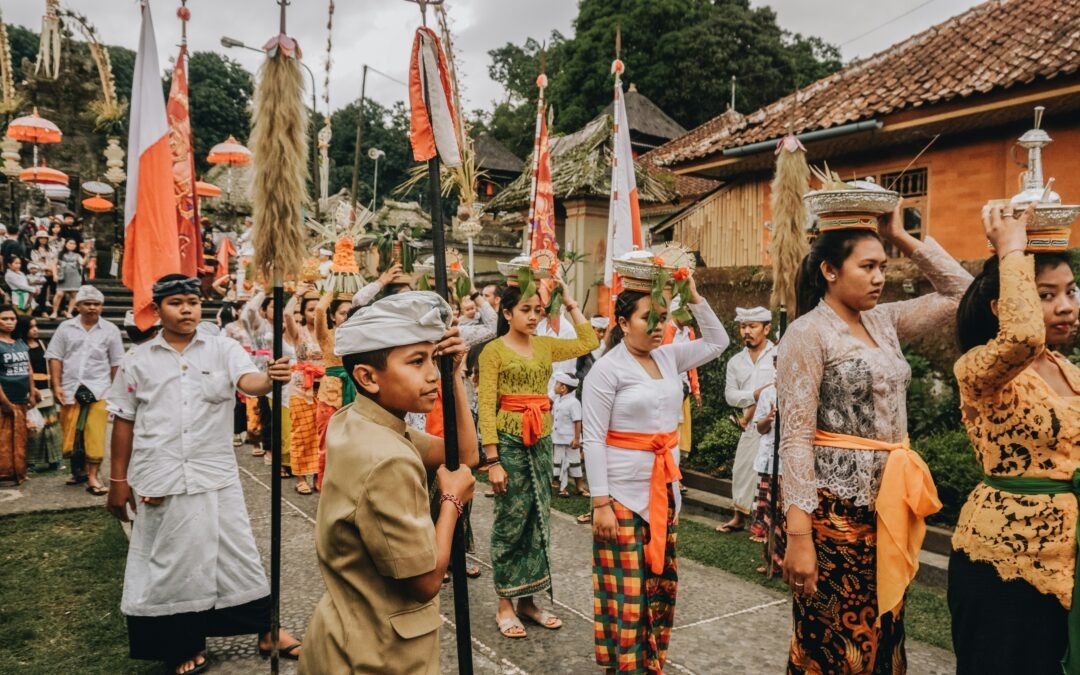Villaku.com – There is always something fascinating to discover about Bali. Thousand Temple Island is not only gorgeous in terms of natural beauty, but it is also culturally rich.
Visiting Bali does not appear to be a boring experience. In fact, many people are excited to visit the Island of the Gods. This is understandable given that Indonesia’s tourism industry, particularly Bali, has been shuttered for nearly two years because to the Covid-19 outbreak.
Aside from beaches, Bali, Indonesia’s tourist paradise, offers a wide range of tourism products and attractions. Penglipuran Village, for example, has received Cleanliness, Health, Safety, and Environmental Sustainability certification.
Penglipuran Village is one of nine traditional villages on Bali. The location is in Bangli District, Bangli Regency, approximately 45 kilometers from Denpasar City.
According to local folklore, this settlement dates back 700 years, to the Bangli Kingdom era. According to the circulating narrative, Penglipuran Village was a gift from the King of Bangli to the people who defeated the Gianyar Kingdom.
Penglipuran community is a traditional community with inhabitants who firmly cling to hundreds of years of ancestral traditions.
They still follow two old laws of society: awig-awig and drestha. Penglipuran Village stands out for its capacity to preserve traditions.
So, what is unique about Penglipuran Village? Why is this village worth visiting as a tourist attraction in Bali? Here’s a review.
1. Named The Cleanest Village in The World

Source : Satria Setiawan via unsplash.com
The Green Destinations Foundation ranks Penglipuran hamlet as the world’s third cleanest hamlet, after only Mawlynnong Village in India and Giethoorn in the Netherlands. As a result, this village has no scattered waste, noisy traffic jams, or air pollution.
The local community distributes waste bins throughout the village to help keep it clean. In actuality, trash cans are spaced every 30 meters.
Aside from that, the hamlet enforces a number of rigorous customary regulations. One of them is a restriction on motorized vehicles in order to improve air quality.
Tourists who want to go around Penglipuran Village must walk or cycle.
Even yet, you don’t appear to be exhausted, let alone bored. The reason for this is that as you reach the hamlet, you are greeted with rows of green plants and vibrant flowers such as bougainvillea, hibiscus, roses, and frangipani.
As you move further, the view of the village becomes more appealing. The air also felt cool.
Even if you are exhausted from traveling, you can stop at a food stall in the hamlet or take a break in the traditional banjar in the center of the settlement.
Aside from the distinction of the world’s cleanest village, Penglipuran Village has garnered other major honors, including the Indonesia Sustainable Tourism Award (ISTA) in 2017 and the Green Destinations Foundation’s Sustainable Destinations Top 100.
2. Adopt The Spatial Concept of Ancestral Traditions

Source : Ruben Hutabarat via unsplash.com
Despite development, Penglipuran Village upholds its ancestral traditions and values. One of these may be observed in the settlement plan, which follows the Tri Mandala concept.
The term “Tri Mandala” refers to the division of territory into three zones based on spiritual values, from north to south.
Locals believe that the primary zone of the mandala, located in the north, is where the gods meet. As a result, only this area has religious institutions.
Pura Penataran, for example, is a temple dedicated to the Hindu god Brahma, who is said to be the creator of the entire universe.
Meanwhile, the middle mandala zone is located in the village’s center. This area serves as a residential area.
Furthermore, the most contaminated zone in the south is known as the nista mandala. This region is designated as the final resting place for the deceased, often known as the residents’ cemeteries.
3. Traditional Residence

Source : Satria Setiawan via unsplash.com
The ability of the Penglipuran Village residents to preserve traditions can also be seen in their residences.
The majority of the yards (houses) in this community were built using traditional methods. This may be seen in the usage of bamboo as the primary building material.
Penglipuran Village residents’ residences are likewise distinctive in terms of architecture, with a consistent pattern. The regularity is seen in the shape of the angkuls, the size of the building land, and the division of room designs.
Every house in Penglipuran Village has a bedroom, living room, kitchen, hall, barn, and prayer area. This consistency distinguishes this village from the other traditional villages in Bali.
Aside from village spatial planning, the Tri Mandala concept is applied to people’s dwellings under similar settings. The main section is solely for worship, the middle (room and kitchen) is for daily activities, and the exterior is used to dry clothing or as a cattle pen.


